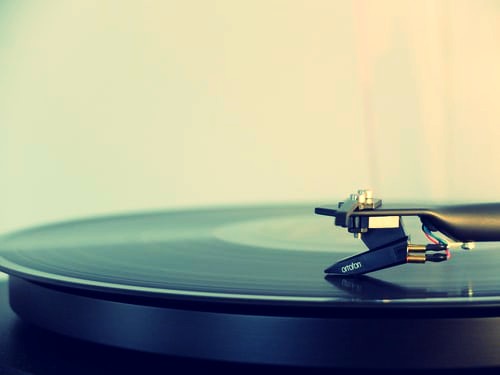
Music psychology is an interdisciplinary field that studies how people perceive, remember, perform, and respond to music. It brings together researchers from various fields, including neuroscientists, linguists, geneticists, computational modelers, and physicists.
The early development of music psychology was based on close cooperation between psychologists and musicologists. This was mainly the case in Berlin, Leipzig, and Vienna at the beginning of the 20th century, with the Gestalt approach being one of its main ingredients.
Ancient Greece
Music in ancient Greece was thought to be a powerful form of therapy. It could suppress passions, and it also imitated the movements of the soul.
A Greek philosopher named Damon said the musical theory was superior to all other arts because it “imitates the moral actions.” He wrote that a musician’s ability to imitate human motion is a great talent.
Ancient Greek music was based on modes that divided the octave into a series of tones and semitones, called “genera.” Each genus was characterized by its gender (masculine elements were associated with smoothness, while feminine ones were rough).
Ancient China
The beginning of music psychology dates back to ancient China. In this ancient culture, people believed that music could affect the human body’s five internal and five sensory organs.
To achieve this, they used a pentatonic musical scale. It was different from Western music, where there were a lot of tones.
The Chinese people also classified musical instruments according to the materials they were made from. They had eight types of instruments, including gourd (sheng); bamboo (panpipes); wood (chu, a trough-shaped percussion instrument); silk (various types of zither, with silk strings); clay (globular flute); metal (bell); stone (sonorous stone); and skin (drum).
Middle Ages
The middle ages are a critical period in Western Europe. They came about after the fall of the Western Roman Empire, a time when learning and trade declined and infrastructure was weakened.
During the Middle Ages, the Church emerged as a major unifying force. The clergy maintained a system of Latin learning and a centralized administration through bishops.
Music also became a significant part of the culture during this time. Medieval thinkers classified music as one of the arts, along with grammar, logic, rhetoric, or artes trivium.
As the Middle Ages progressed, the role of music began to evolve from being primarily a scientific discipline to a sensual activity. This shift prompted questions about the origin and value of music’s ability to arouse emotions.
19th century
The 19th century was a time of great upheaval in Western societies. It saw the emergence of democratic ideals and the Industrial Revolution.
Music played a crucial role in many people’s lives during this period. For example, music in asylums helped patients with moral therapy and social activities.
To investigate how different types of excerpts of symphonic music were perceived during the nineteenth century, we examined descriptions of expressive qualities in text documents that mention musical passages. We found a small set of frequently evoked semantic fields (table 4).
20th century
During the 20th century, several psychologists made significant contributions to music psychology. These investigators explored aspects of human perception, including pitch, timbre, rhythm, harmony; and musical development and aptitude; and they surveyed how listeners interact with music.
They also examined the emotional functions of music, including how music elicits emotions from listeners. This research has helped explain why some people feel a certain way when listening to a particular piece of music and why different listeners react differently.
The beginning of the 21st century saw a resurgence in music psychology as several popular books brought it into the public eye. These included Daniel Levitin’s This Is Your Brain On Music (2006) and Oliver Sacks’ Musicophilia (2007).